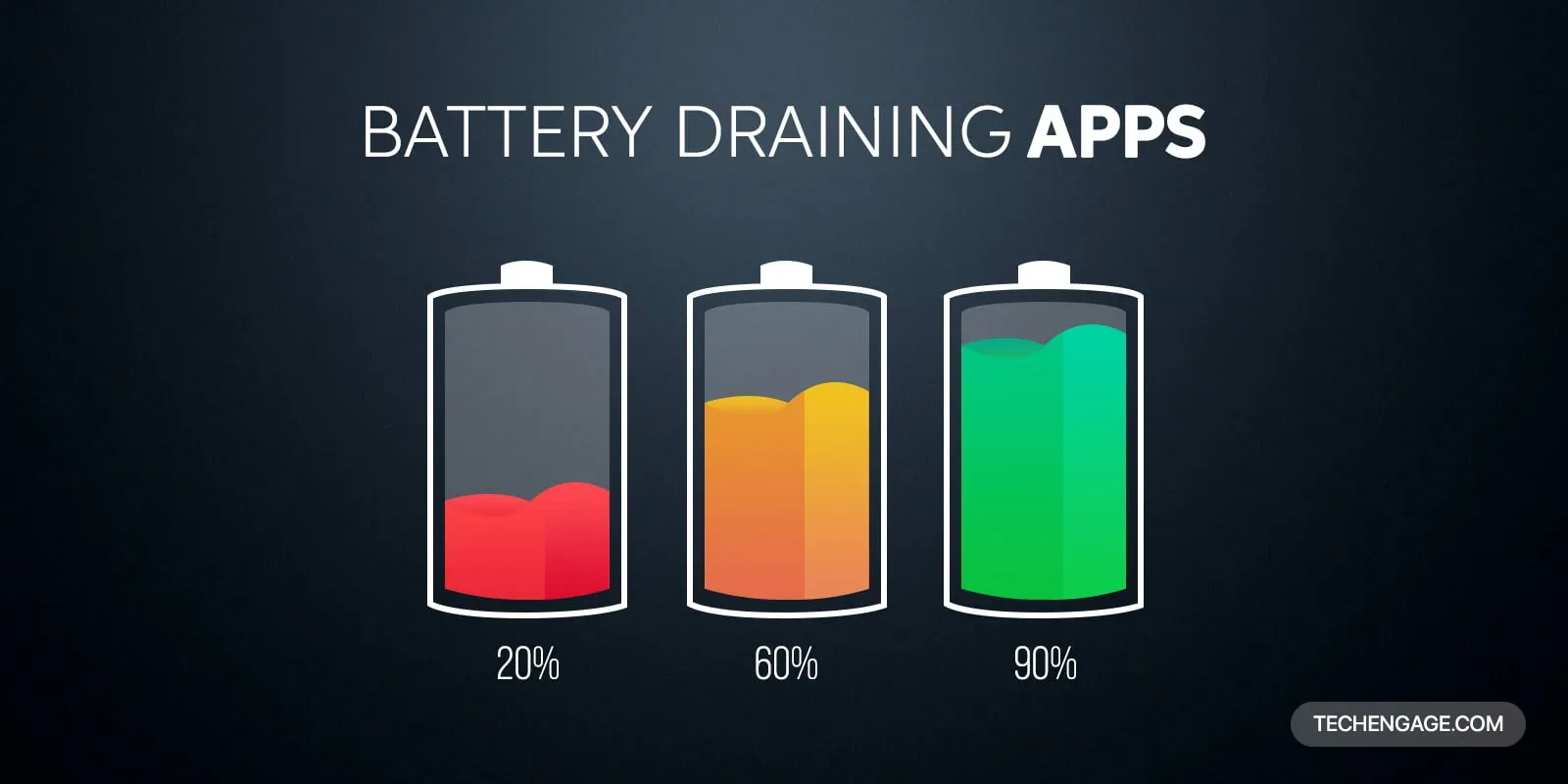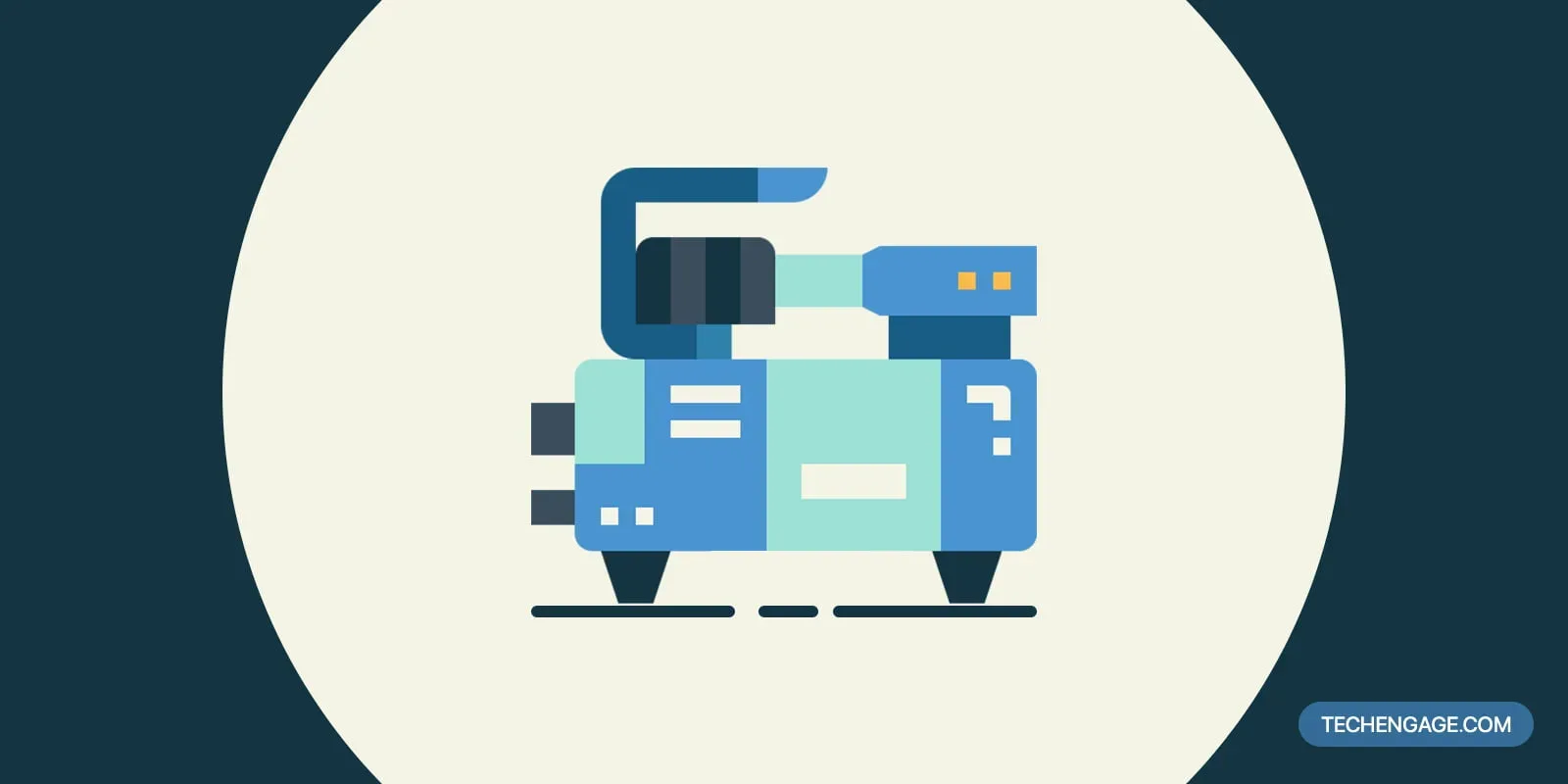With the emerging importance and demand for innovations, technology sprawl becomes one of the most challenging bottlenecks faced by companies today. Tech stack sprawl can actually debilitate an organization if not managed carefully. It can also cause poor experience from customers and incurs unnecessary expenditures.
However, the tech stack is manageable. If you are able to manipulate the tech stack accurately, it will not lock your business in nor slow down your business’ performance. There are several ways on how to build the ultimate tech stack for growth.
Growing your business with a tech stack begins with answering two essential questions:
- What is your customer’s journey?
- To improve your customer’s journey, what tools can you utilize?
The first question deals with an understanding of your customer’s journey. As you build your tech stack, becoming familiar with customers’ experience can bring a better advantage.
These are the four basic steps so you can track:
- Mapping of a customer’s exodus. What are the stages of your customers’ journey, and why do they go through them? Knowing the answer to these questions will help you in leveraging new opportunities and in identifying ideas needed for improvement.
- Collecting verified customers information. Tech stack is fueled by well-established customers’ data. This information reveals the actual journey of your customers: who they are and what they do.
- Sending information to analytics. Collected customers’ data will only have a sense if the inputs are sent to analytics tools. There are two analytics tools that can be utilized: one is the business intelligence tools; another is specialized analytics tools. One main reason these tools are used is the need to visualize the customer’s journey previously mapped out. Inputs are based on real customer information.
Specialized analytics tool
Examples of specialized analytics tools are Amplitude, Google Analytics, and Mixpanel. These tools are used in performing specific forms of customer journey analysis.
Newly-established companies that still lack resources in dealing with data overflow can use these tools to manage their information database. For data exploration and ad hoc analyses of data, Google Analytics can be very useful. However, it may not be a very reliable source of data nor in dashboarding. For cohort analyses and funnel conversion, Mixpane and Amplitude tools can be very useful.
In some cases, the capacities of specialized analytics tools are outgrown. Business intelligence tools and data warehouses may be used to power up the analytics. All these tools can work together in providing truthful and complete information about the customer’s journey. Data warehouses, for instance, are the home of the customer’s data journey. These include Postgres, Snowflake, Amazon Redshift, and Google Bigquery. Also, business intelligence tools have the capability to visualize customer journey data extensively. These include Looker, Tableau, Looker, and Mode.
After visualizing the data collected, you can review the question previously outlined about the customers’ journey map.
- Identify doors of opportunity
A well-fueled customer’s journey is key to business growth. It will bring you to an understanding of how customers’ journeys behave. With a broad understanding of this map, you will be able to identify stones that interrupt or slow down your customer’s journey.
Remember that data analytics not only provides you with a wide understanding of the customer journey, but it also helps in optimizing and improving the journey.
What tools can you use in every stage of the customer journey?
The previous discussion has given you a clear foundation of what an analytics tool is and how it assists in every customer journey stage. Your next move is building your own tech stack. This stage will make you see the opportunities created in every customer journey.
What is your top business goal so far? What online support can help you to achieve your business goals efficiently and effectively? The type of tools you utilize for your tech stack is dependent on the business objectives you have. And this has to do with the stages undergone during the customer journey.
The succeeding information will give you essential ideas on how to build and grow your tech stack.
Getting engaged with customers
Customers’ engagement is evaluated first by business management. It is important to understand whether there is high or low engagement among customers. Lower engagement suggests poor customer retention. Whatever solution a business applies to improve customers’ experience may not have used if customers do not patronize the products or do not regularly stick around.
In the engagement stage, the business’s goal can come in two faces:
- To maximize the recruitment of active customers within a time frame;
- Increase the record of content consumption in the product.
Below are four basic software categories that can assist a business in achieving these objectives.
- Automation tools for marketing and sending emails
Network drop-offs and back lags are normally experienced by customers. Automation tools for marketing and sending emails have features that notify users to take action and go back to your product offers immediately. Examples of these tools are Drip, Mailchimp, Iterable, Marketo, Vero, Klaviyo, Customer.io, Autopilot, and HubSpot.
- Push and mobile notifications
Message and push notifications function similarly with the email and marketing automation tools. Examples of these notification tools are Braze, Airship. WebEngage, Iterable, Twilio, and Leanplum.
- Activation tools designed for in-products
These tools allow your customers to have the so-called ‘aha!’ moments. Whenever customers experience this, they can become your regular customers. These tools include Pendo, WalkMe, Appcues, and Intercom.
- Online chat tools
This fourth tool allows you to streamline information with customers. With live chat tools, you can establish a good and lasting relationship and trust with customers. For instance, a chatbot in a plant shop helps a customer in finding what he/she needs. Some chat tools that you can access are LiveChat, Drift, Intercom, and Olark.
All these steps will give you a clear understanding of who your customers—this achieves your first objective. As you go towards achieving your well-built tech stack, consider rebuilding the customer’s experience and journey.



